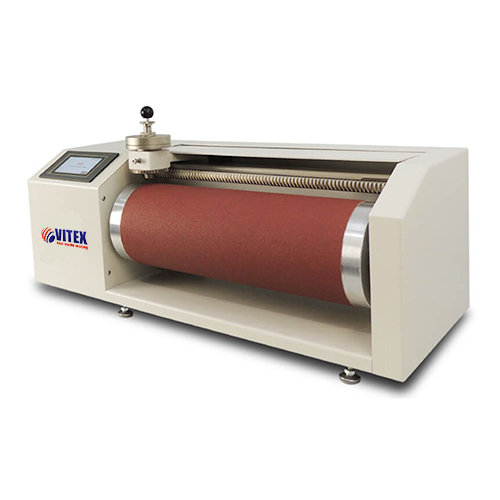Application
DIN Abrasion Tester, to determine abrasion of flexible materials, such as rubber, tires, transmission belts, soles, leather, etc. The abrasion tester is provided with a wide testing area to meet the most requests. Additional balance is required.
Standards
DIN 53516, ISO 4649, BS EN 12770, BS-903, SATRA TM174, GB/T9867
Power
220 /110 V 50/60 Hz 3 A
Weight
80 Kg
Dimensions
700 x 300 x 300mm (L x W x H)



